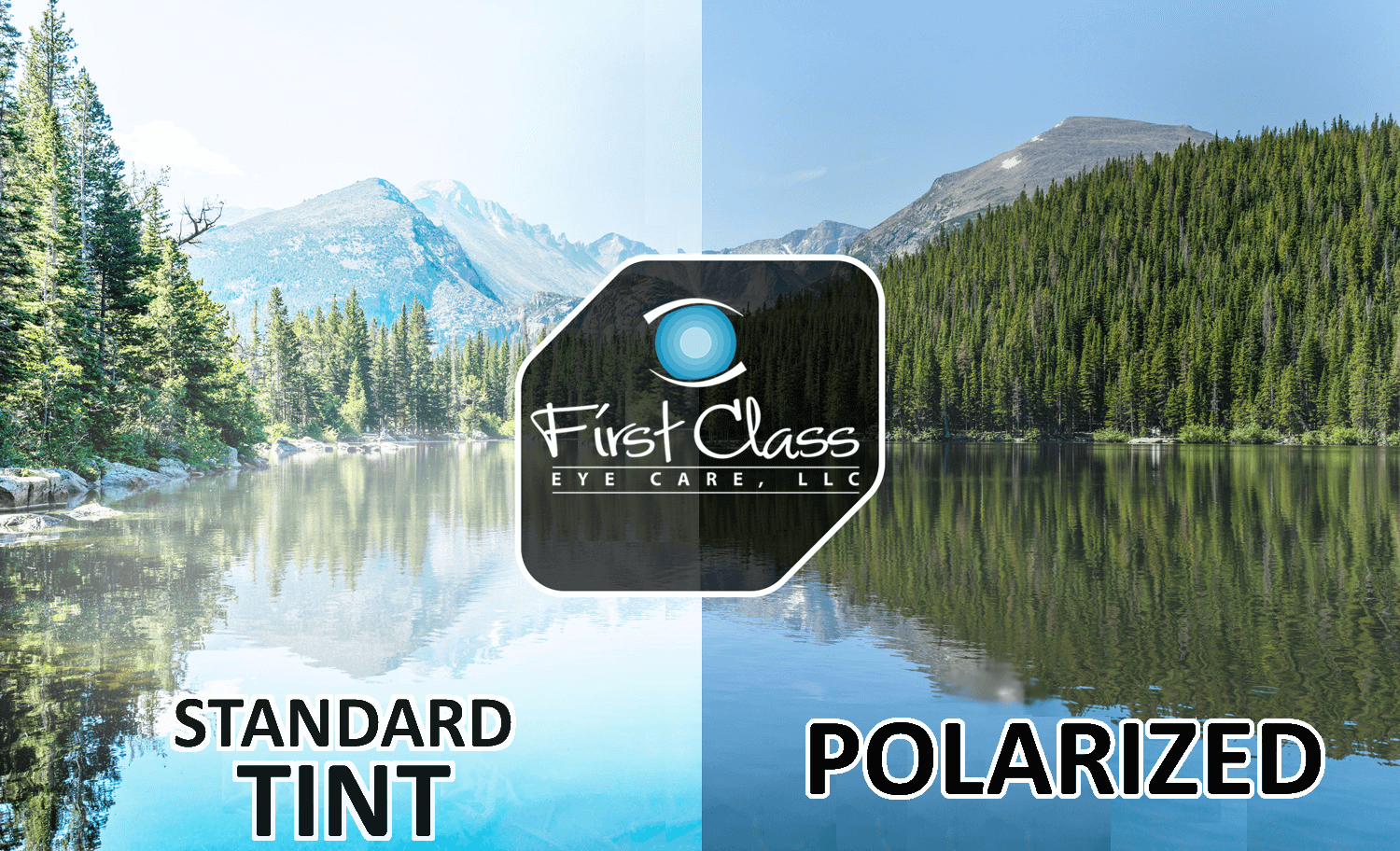Polarized Sunglasses

Did You Know?
Sunglasses were “invented” 2,000 years ago. The Inuit (eskimos) created snow goggles from animal bone, leather and wood. There were small slits that allowed only the tiniest of light through. This effectively shielded the eyes from the blinding glare of sunlight reflected off the snow. Talk about innovation!
Polarized Sunglasses Q&A
The last time you edited a photo on your phone, computer, or social media, did you notice an “auto enhance” or “auto adjust” option? Maybe a little magic wand icon? You know, the one that automatically processes your picture and makes it look more picturesque and dramatic.
Well what if you could step outside and see the world in constant auto-enhance mode? Wearing polarized sunglasses can make you feel like you’re viewing the world in HD.
When light comes directly from a light source or reflected surface, its light waves travel vertically, horizontally, and all sorts of angles in between. A polarized lens has an invisible vertical filter embedded into the sunglass lens to eliminate the amount of reflecting light that enters the eye. This filter allows only vertical waves to pass through, eliminating horizontal waves which are mostly responsible for glare. This is how polarized sunglasses get their best feature – the reduction or elimination of glare.
Polarized lenses reduce the glare of light around you, whether it comes directly from the sun, or from the reflections of the pavement, car windshield, water, or snow. Glare reduction can help with:
- Improved Clarity – without glare, you will be able to see much clearer due to improvements to contrast and visual clarity.
- Prevention of Eye Fatigue – glare from the sun can cause eye strain. Filtering this glare will relax the eyes.
- True Perception of Color – glare can wash out natural colors, and filtering this glare gives more vivid and rich color.
While polarization is usually beneficial for most, there are certain situations where “too much of a good thing” holds true. Polarized lenses may not be the ideal if:
- Using LCD displays – these screens emit polarized light and may be difficult to view as these lenses will dim the brightness of the screen. This is especially important for pilots.
- Nighttime Driving – they are not recommended due to restricting light where there is already so little.
- Light Sensitivity – these lenses change light in a different way than typical sunglass lenses, so if you are sensitive to light when it changes, these lenses may not be right for you.
- Skiing – this is a tricky one. Polarization reduces glare from ultra-reflective snow and ice, but it can make it difficult to discern patches of ice versus hardened snow. Less bright light is usually a plus, but in this case it could also be a hazard. Instead, we recommend our Vuarnet SkiLynx lenses.
If you decide polarized lenses aren’t for you, there are other options to consider:
- Standard Tint – available in many colors in solid or gradient
- Backside Anti-Reflective Coating – available to help reduce glare for sunglasses
- Flash Mirror Coating – Mirrored tint available in many colors
- Photochromic Lenses (Transitions) – automatically darken when exposed to sunlight.
- SkiLynx Lenses – exclusive to Vuarnet Sunglasses with bicolor tint at the top and bottom of the lenses.
